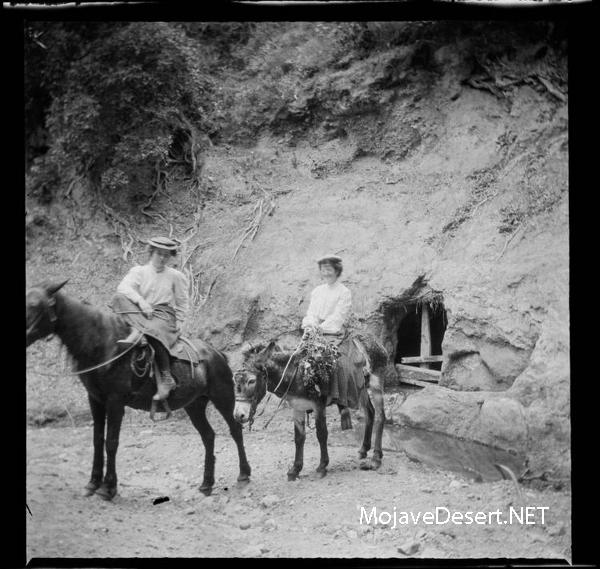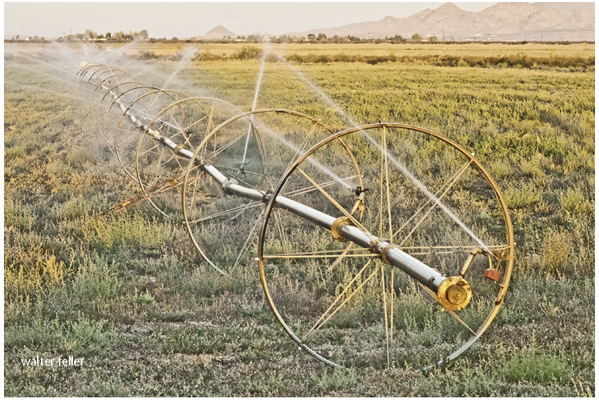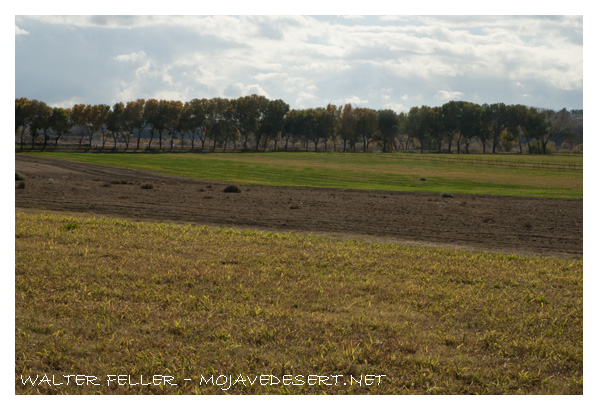/wildlife/wild-burro.html
Wild burros, also known as wild donkeys, can be found in various desert regions around the world. In North America, one notable population of wild burros resides in the deserts of the southwestern United States, particularly in states like Arizona, California, Nevada, and Utah. These burros are descendants of domesticated animals brought to the region by early European settlers and prospectors.
Here are some key points about wild burros in the desert:
- Origins: Wild burros in the American Southwest are often descendants of animals brought by Spanish explorers and settlers in the 1500s. Over the centuries, these domesticated animals escaped or were released, adapting to the arid desert environment.
- Adaptations: Wild burros have evolved to thrive in harsh desert conditions. They are well-adapted to arid environments, with efficient water retention capabilities and the ability to consume a variety of desert vegetation.
- Habitat: Wild burros are typically found in semi-arid and arid regions, where water sources may be scarce. Deserts provide them with open spaces, rocky terrain, and sparse vegetation that suits their browsing and grazing habits.
- Behavior: Wild burros are social animals and often form small herds led by a jack, a dominant male. They have a hierarchical social structure and communicate through vocalizations and body language.
- Conservation Concerns: While wild burros have adapted well to desert life, their populations sometimes face challenges. Overgrazing, competition for limited water sources, and conflicts with human activities can impact their well-being. As a result, ongoing efforts are to manage and conserve wild burro populations in some areas.
- Management and Control: In some regions, wild burro populations are managed to prevent overgrazing and habitat degradation. This may involve relocation, adoption programs, or fertility control measures to balance the burro population and the available resources.
- Tourism and Observation: Wild burros in the desert can be a point of interest for tourists and nature enthusiasts. Observing these animals in their natural habitat can be a unique experience. Still, visitors need to respect their space and adhere to any regulations in place for their protection.

Understanding the ecology and behavior of wild burros is crucial for their conservation and coexistence with human activities in desert environments. Conservation efforts aim to balance preserving these iconic animals and maintaining the health of the ecosystems they inhabit.


